For 2014’s best games, SideQuesting is taking a different approach than in the past. We’re not hosting a definitive Game of the Year for the site, instead focusing on the individual writers and their favorites. Hopefully, you’ll be able to connect a little better with the writers that make up this little corner of the web, as many of us will be posting our Top 5 lists throughout the next week. Enjoy, and bring on 2015!
2014 was the first full calendar year that we spent with the current gen consoles. As such, it’s fitting that this big transition was also marked by even bigger transitions in the industry and in the ongoing discourse surrounding videogames. The year marked a tonal shift in many reviews, which critiqued the culture of mass production in triple-A titles like never before. Hype was often met with disappointment. Both consumers and journalists pushed for videogames worthy of the moniker “next gen.”
While gaming changed in big and important ways, I was busy with the next step in my degree: general doctoral exams. Nearly a year of preparation ate away at my free time, and so there are some contenders for this list that I simply never got around to.
That said, I’ve listed the games which defined 2014 for me below in no particular order. While overall gameplay was taken into consideration, I also prioritized narrative and sheer memorability in constructing this article.
Dragon Age: Inquisition
My first encounter with a dragon was accidental. In Crestwood, I saw her perched atop some ruins, wings out in warning. I assumed that she was like the dragon I saw elsewhere: I’d approach, she’d fly off, and it’d serve as the game’s way of informing me that, hey, there’s a dragon around. Instead, I quickly found myself embroiled in a harrowing battle that tested my party’s mettle.
After felling the beast, I described the conflict to my friends and realized I was speaking as though I was actually there. This, to my mind, is the highest praise that I can give Dragon Age: Inquisition. It immerses you in a complicated fantasy realm while remaining utterly, unerringly, believable. While the notion of investing 70 to 90 hours in a game would typically cause me to shy away, DA:I makes me feel as though those hours are working towards something.
In addition to the richness of Thedas, Dragon Age: Inquisition also offers a wealth of activities and features ranging from a neat crafting system to winning favor in court. Some of the quests do revert to the standard RPG monotony of “go here and kill this” or “gather so many of this item,” but most of the content is almost overwhelming in scope. Even after investing hours upon hours into the game, I feel that multiple playthroughs are necessary to see all sides of the game’s situations—and to fully acquaint myself with its diverse and relatable cast of characters.
Transistor
Transistor is meant to be experienced rather than played. Its setting—the sprawling Cloudbank City—is depicted through beautifully hand-drawn environments. Its masterful soundtrack perfectly complements the game’s story, and it works just as well as casual listening (and I have no qualms admitting that I still listen to the OST with frequency).
Though brief, the core gameplay and story possess their own allure. The isometric title’s turn feature allows players to map out a series of formidable attacks against the game’s foes. Players can customize these attacks by combining their abilities in seemingly endless ways, making for new, unique skills tailored to their individual play styles. I was equally enamored by the story. Superficially, it focuses on the relationship between Red and the titular Transistor. Beyond that, there’s much more room for interpretation, and leaves the onus of connecting and interpreting the dots to players.
This confidence in the player’s interpretations resulted in a beautiful response to the game itself. Countless discussions of the game’s symbolism and meaning surfaced following its release. While my review of Transistor suggested that its time in the spotlight would go favorably, I did not anticipate how it would continue to be a point of fascination and inquiry in the months that followed.
P.T.
Before you light your torches and brandish your pitchforks, hear me out: I’m aware that P.T. is a teaser, and so I understand that this is a weird choice for a GOTY list. While 2014 saw the release of several respectable horror titles, none gathered quite the same fervor as P.T. Admittedly, some of this hype was due to the revelation that it was a demo for Silent Hills. The rest, however, was the result of the experience offered by the demo and the struggle to decipher its puzzles and secrets.
P.T. allows a glimpse into the inner workings of the horror genre by forcing players to walk through the same hallway repeatedly, revealing that no fancy bells or whistles are necessary to deliver a chilling experience. The teaser values suspense over jump scares. It disempowers players rather than equipping them with weapons and supplies. Finally, the teaser imposes the cruelest mechanic of all: it forces players to actually look at the things that frighten them the most.
In such state, P.T. set a standard that many other survival horror titles struggle to match. It is bottled terror. It’s nightmares incarnate. No animatronic mascots or xenomorphs left me with quite the same sense of lingering dread.
The Wolf Among Us
This was the year of Telltale Games. After their sweeping success with the first season of The Walking Dead, they went on to release a second season and episodes for three new series in 2014—all of which received overwhelmingly positive reviews.
Of these amazing games, The Wolf Among Us is a culmination of what’s best about Telltale. Their signature cell-shaded style is stunning in the game’s retro color palette. Based on the comic book series Fables, this series hosts a memorable cast of compelling characters, most of whom change and develop as the series progresses. The choices players make as Bigby Wolf not only define his character but also how others respond to him. Bigby’s story is grim but subtle, and the noir-styled plot twist at the end is memorable and open to interpretation.
While all the current Telltale series span several shades of dark, The Wolf Among Us indicates how the developer is capable of hitting diverse narrative beats. It’s also undeniable proof that the Telltale’s signature formula—and the fear of characters remembering our choices—is all but tired out.
Valiant Hearts
War, by no means, is uncommon territory for videogames, and so it’s exciting when a game approaches the topic in new and meaningful ways. Valiant Hearts is one such game. While the gameplay itself is predominantly a side-scrolling, point-and-click adventure, it manages to relay a heartfelt and human tale about a family torn apart by the First World War. Players alternate between the perspectives of these family members, their friends, and a loyal dog.
Don’t judge Valiant Hearts by its appearance. Produced using the UbiArt framework, this title strikes a delicate balance between the whimsy of its cartoonish aesthetics and the grim realities of war. While the game doesn’t prioritize violence, casualties—and the rare need to take a life—have a haunting weight on the mind of the player and the protagonists that they control. If anything, the style of the game suggests that the other combatants have stories of their own, even if circumstances place them in the role of “enemy.”
My recommendation for the game is two-fold. While I highly recommend Valiant Hearts, I also suggest (with equal enthusiasm) that you keep some Kleenex close at hand.


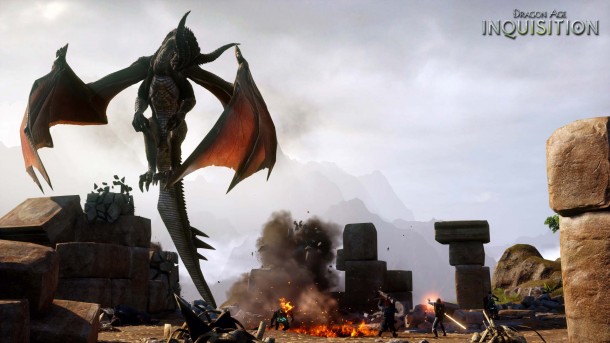
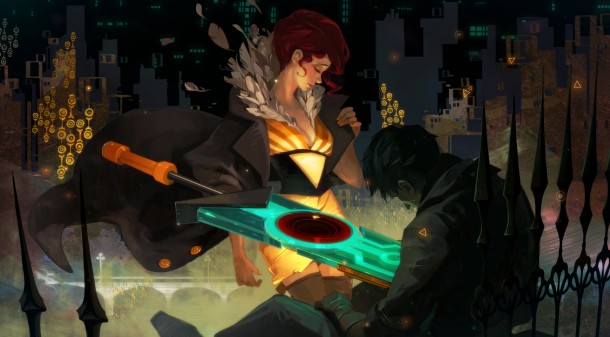
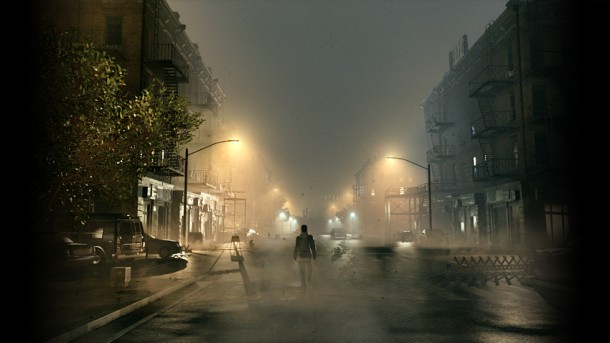
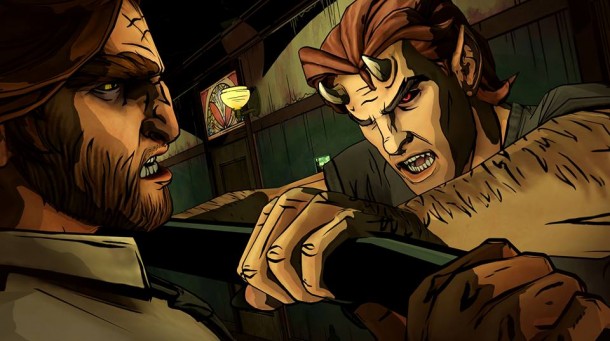
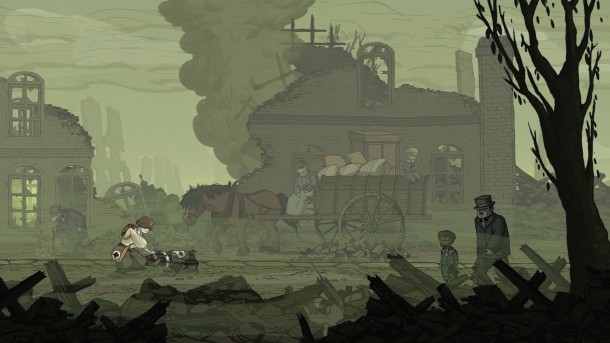
No Comments